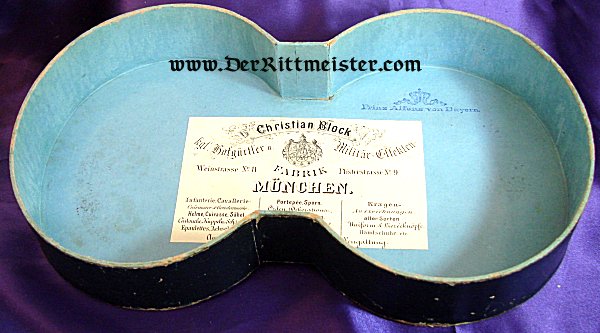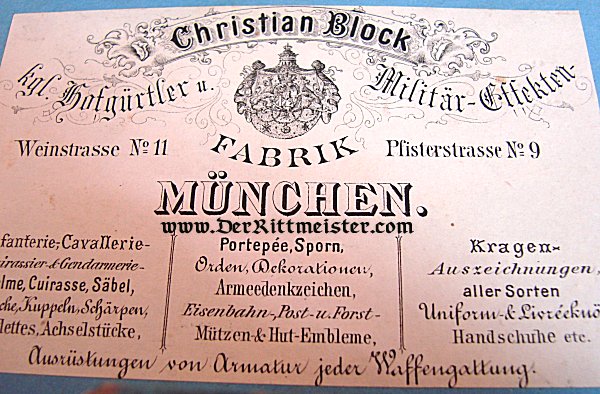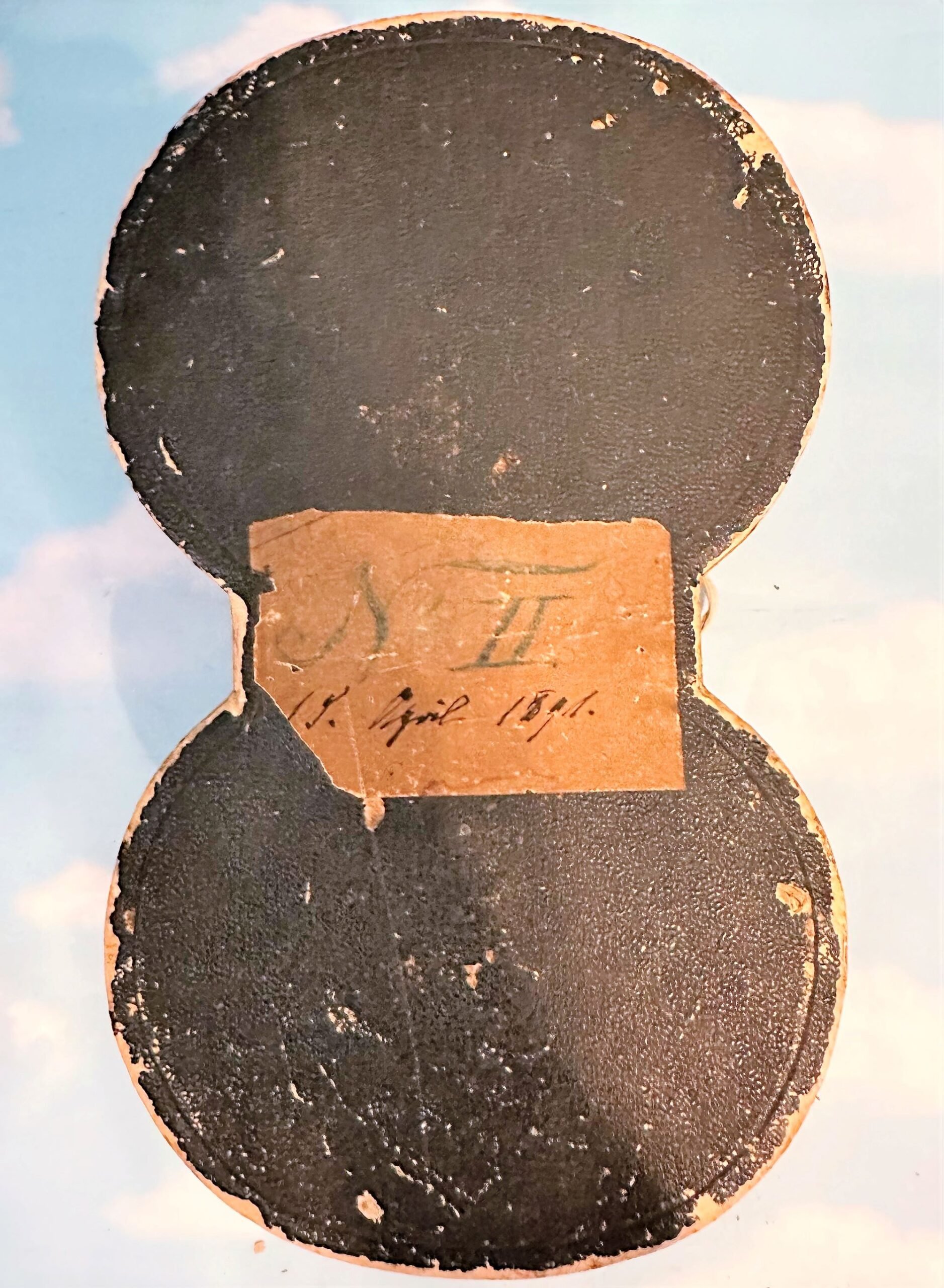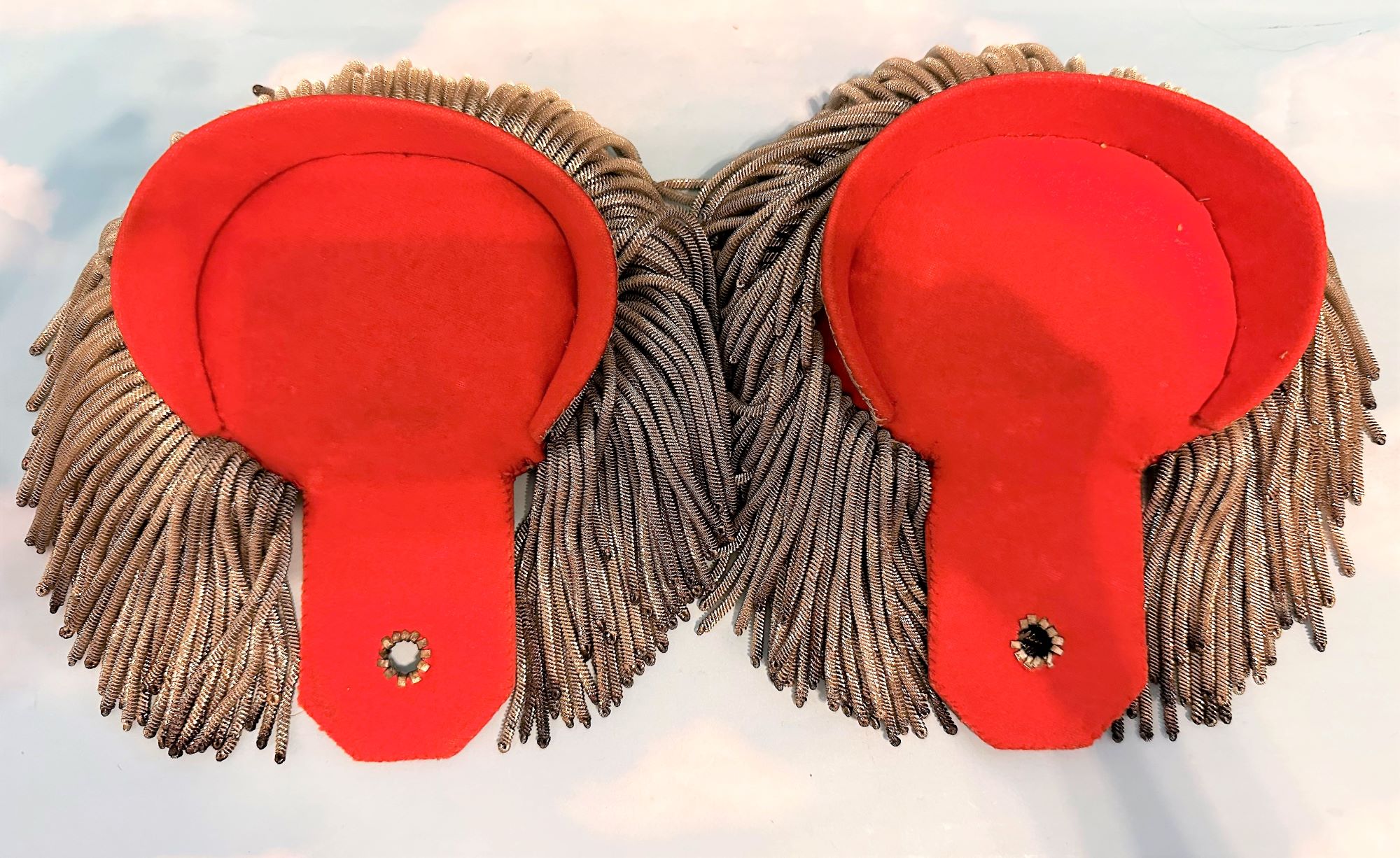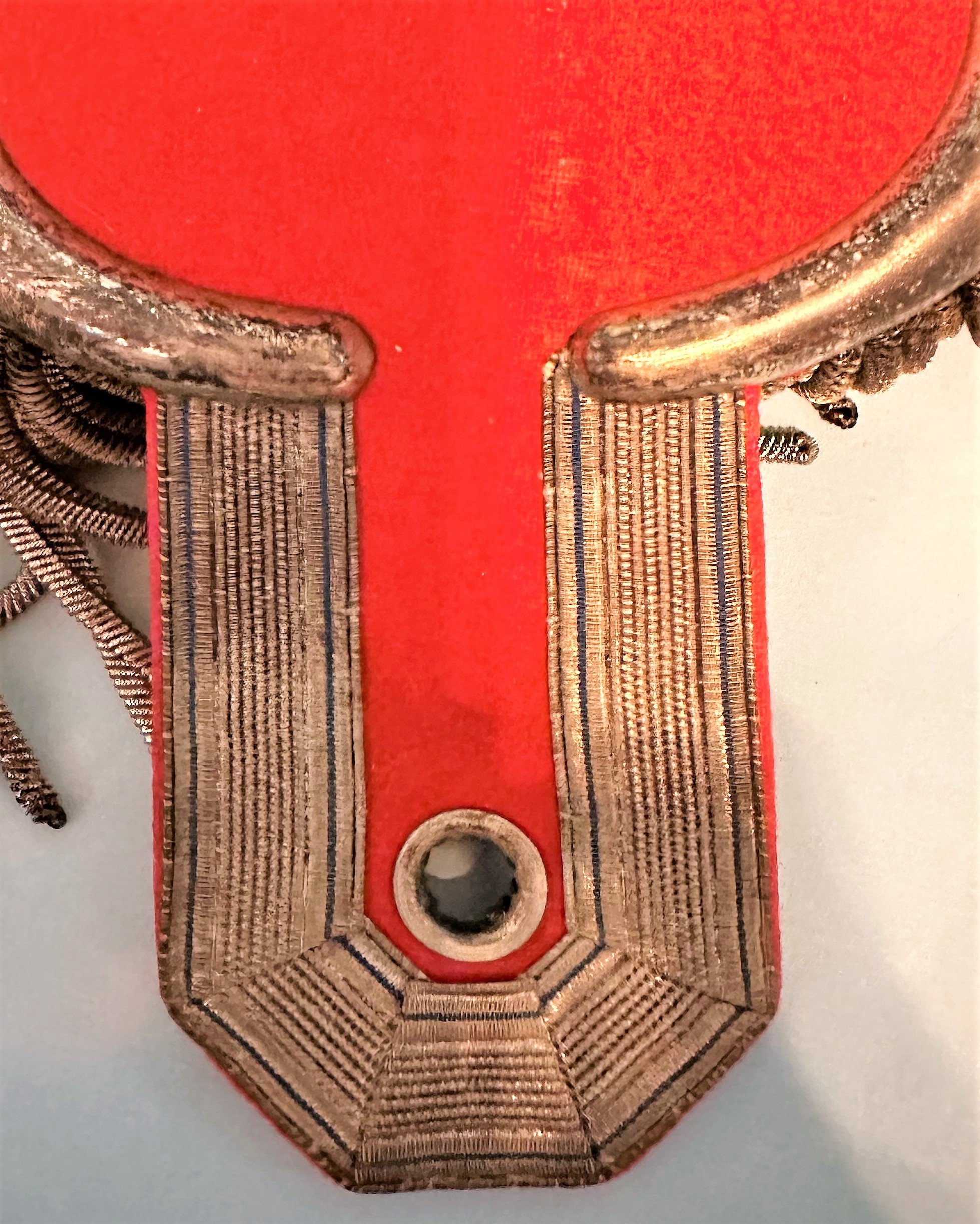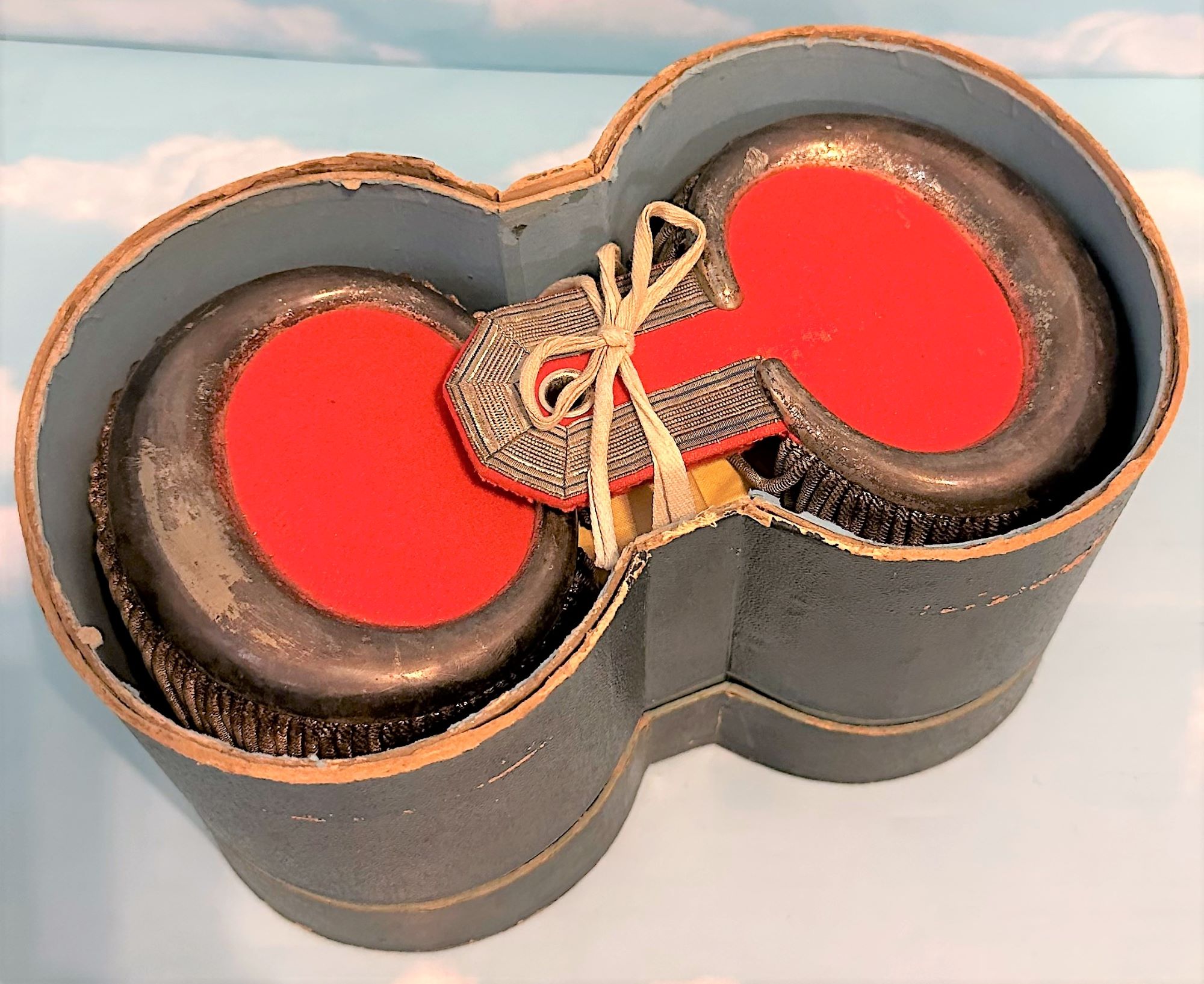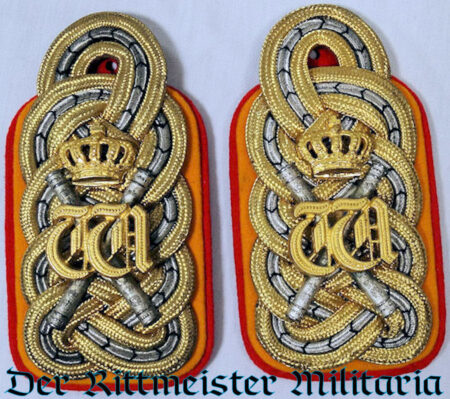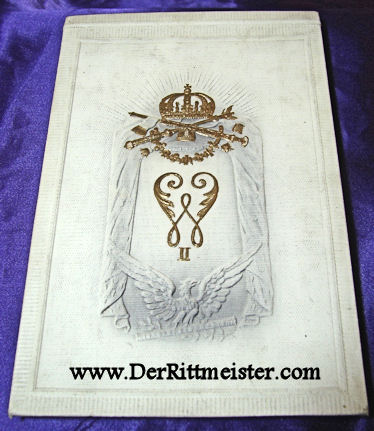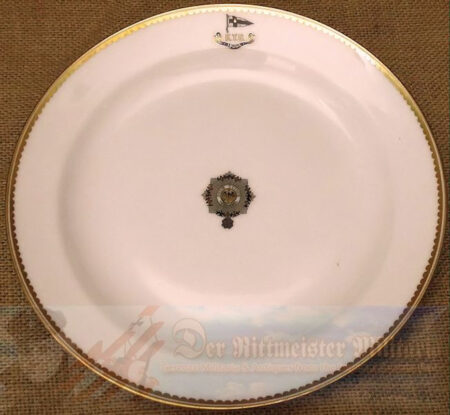Description
Once again our old friend Prinz Alfons (1862-1933) of Bavaria makes an appearance on the pages of Der Rittmeister Militaria. Prinz Alfons was Prinz Adalbert of Bavaria’s second son. Although a House of Wittelsbach member, Prinz Alfons was well down on the Bavarian throne’s successor list.
After serving as Prinz Regent for years, Ludwig III was elevated to König (when “Mad” Ludwig II died). This meant Kronprinz Rupprecht became the Bavarian heir apparent. Of course, he never became king because the empire fell in 1918. Prinz Alfons joined the Army in 1891 as a major in 1. Schweres-Reiter-Regiment Prinz Karl von Bayern. This regiment was founded in 1814 and garrisoned in the capital of Munich, where it was assigned to the 1. Bavarian ArmeeKorps.
In 1892 Prinz Alfons became the commander and oberst of 1. Schweres-Reiter-Regiment Prinz Karl von Bayern. Ultimately, he was promoted to General der Kavallerie, and served as the 7. Chevaulegers-Regiment Prinz Alfons’ Inhaber (Regimental Chef). This regiment was established in 1905 and named for Prinz Alfons. It was based at Straubing, where it was attached to the III. Bavarian ArmeeKorps. Prinz Alfons was never a front-line military commander, but as a royal he served in an à la Suite capacity. He held no official command during WW I.
This pair of epaulets belonged to Prinz Alfons when he served as a major in 1. Schweres-Reiter-Regiment Prinz Karl von Bayern. They are clearly for this regiment. We can tell by the epaulets’ silver moons. While the epaulets are similar to those of its sister regiment, 2. Schweres Reiter-Regiment Erzherzog Franz Ferdinand von Österreich-Este (founded in 1815 and garrisoned at Landshut), its moons are gilt. The material on the obverse is red. The rank of major is confirmed by the dangling silver trim (ringlets) hanging from its edges, (which was used for the three ranks of major, oberstleutnant, and oberst). Blue thread in the bullion trim also confirms them as Bavarian. These are some of the small details necessary for identifying shoulder boards/epaulets’ regiments, especially when cyphers or regimental designations are not present. The epaulets’ backing is a matching red.
Overall, they are in very fine condition.
The shoulder boards are housed in their original storage carton. The carton is quite large in order to properly accommodate these large epaulets. A pedestal in its interior is where they are mounted and secured when they are not in use. The lid of the box has a white label on which is neatly penned “No II – 19 April 1891.” This is the date of either the entrance into the regiment, or when they were acquired. The designation “No II” was for Prinz Alfons’ valet, to make sure that he assembled the correct regalia for a given uniform. The inside lid of the carton has “Prinz Alfons von Bayern,” along with a Wittelsbach Crown and Stole over his name. A large white tag inside the lid proclaims that they come from the Christian Block workshops of Munich. Block (as noted on the label) was an official provider to the royal house.
This is a great set in top condition. It would make a fine addition to any collection.

